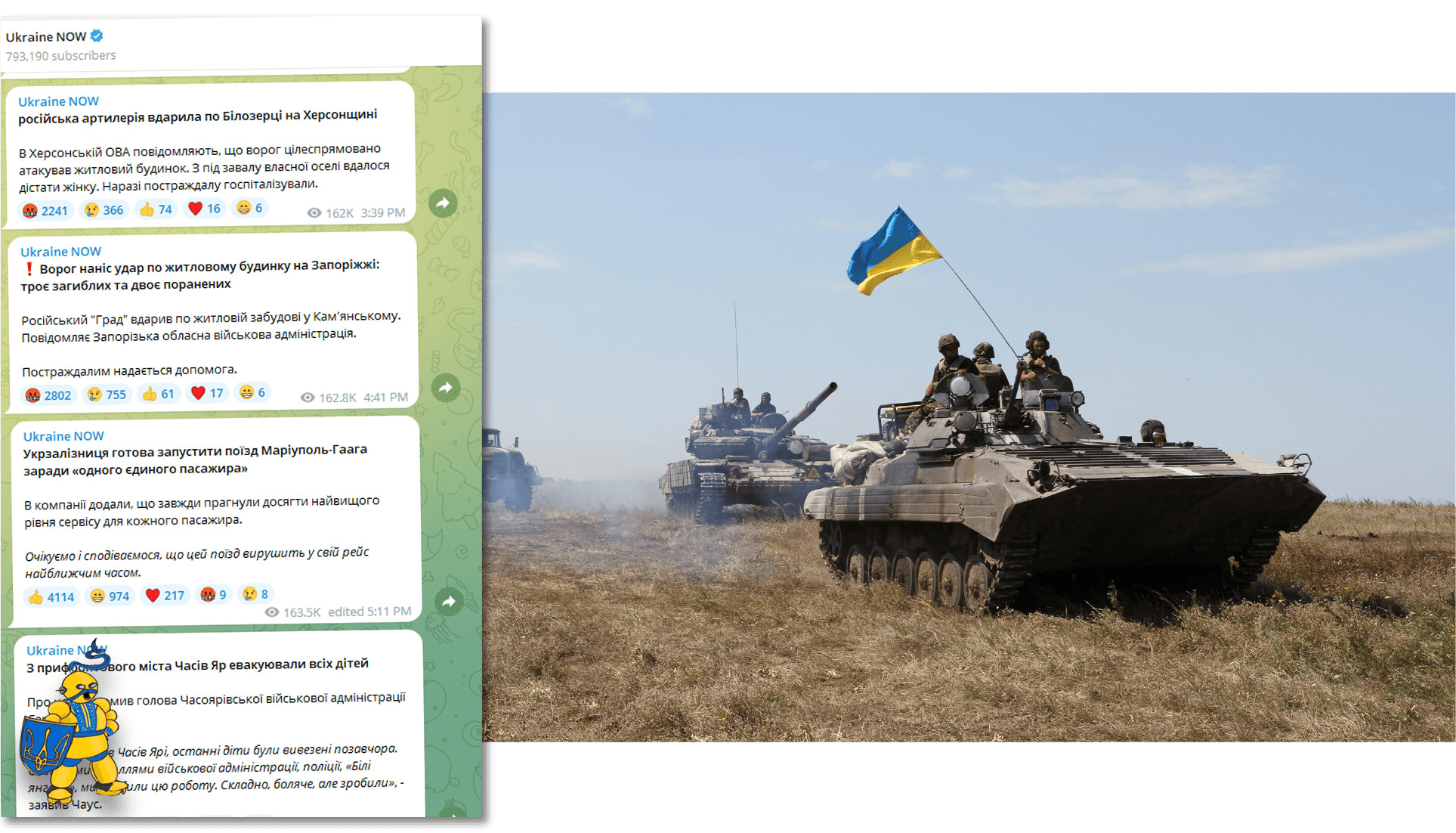Ukraine Project / Disinformation
Well prior to the Russian invasion in 2022, Ukraine has been ground zero for the testing of sophisticated Russian disinformation techniques. This is why Chenope has been operating in Kyiv since 2019. Among these techniques are:
- The repetitive execution of complex N-part narrative scripts that are executed by a number of different cooperating accounts. These narratives often begin with pieces of information that are factually true, but each subsequent line of the scripted narrative diverges further from the truth and/or ignores key facts (e.g. the German occupation of some parts of Ukraine)
- Creating real world events, such as vandalizing a Jewish cemetery in Ukraine, then both amplifying these events online and assigning blame to an innocent party
- Deliberately polluting the Ukrainian national information space with so much mutually contradictory clickbait that soon is replaced with the next set that they hope most of the population will become demoralized and tune out the Internet.
For more information, please contact us at: uainfo@chenope.com

